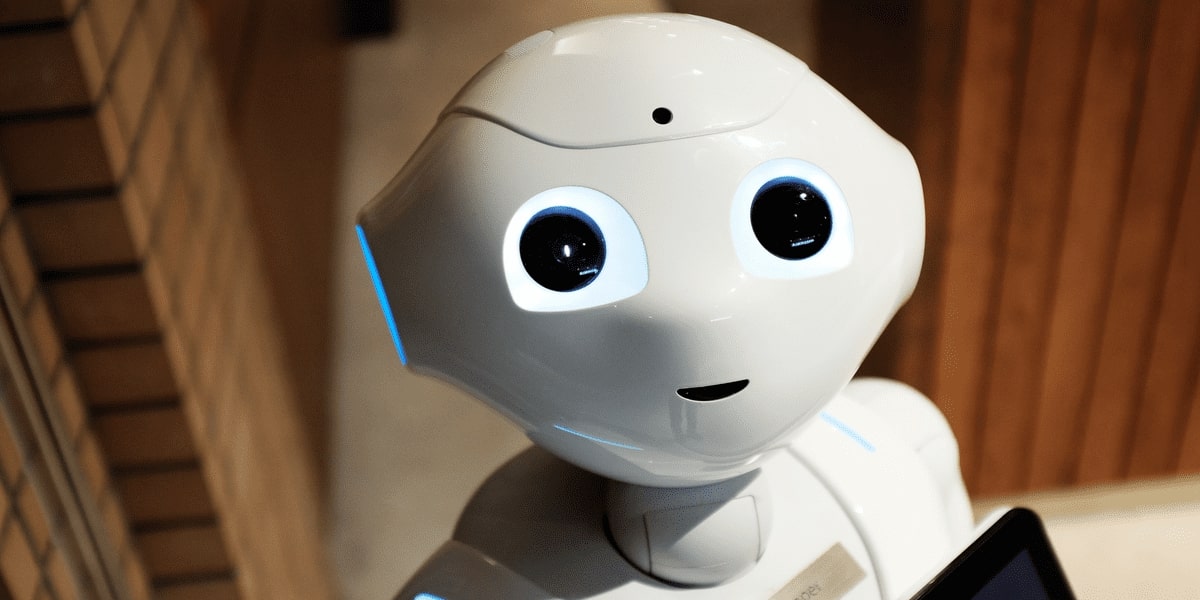IoT Evolution: A Practitioner’s View

An IoT Practitioner’s perspective of the IoT evolution over the last decade.
While The term Internet of Things was coined around the year 2000, it was in the decade of 2010s that it really caught the imagination of industry pundits. It was predicted that there would be 50 Billion IoT devices by 2020. IoT was at the top of Gartner Hype curve for several years and it was also predicted that it would achieve rapid adoption bypassing the Trough of Disillusionment.
However, reality is different today. Even the most optimistic estimates show that there are no more than 20–25 Billion IoT devices in 2020 today. Adoption of IoT is nowhere nearly as widespread or impactful as it was anticipated. So, what went wrong? What are the challenges that face IoT before it can live up to its promise?
A business problem Not a technology problem
Firstly, it needs to be understood that IoT is a solution to a business problem and not a technology problem. IoT was positioned as a silver bullet for all problems across consumer and enterprise domains. However, there was not enough focus on the actual business value that IoT can unlock.
Adoption of IoT remains slow as several technology providers, both established ones and start-ups, still focus on the technology aspects of the solution rather than define and communicate the positive business or operations or people impact that the solution can deliver. It is only for the last few years that end-user companies have begun to truly understand the real business value.
Fragmentation
After a decade of IoT evolution, there is significant technology fragmentation at every layer in the solution stack right from the underlying compute & communication hardware, connectivity technologies, management and middleware frameworks, cloud and application enablement platforms.
At last count, there are over 50 hardware vendors that offer a plethora of ZWave, Zigbee, BT, Wi-Fi, Sub-GHz & other RF chipsets for sensor connectivity. Battle of connectivity technologies between LPWA technologies such as LoRa, SigFox, Weightless and Cellular alternatives such as Cat-1, NB-IoT, LTE Cat-M and 5G is still largely undecided. While a few hundred me-too IoT ‘Platforms’ have entered the fray and most of them have fallen by the wayside in the last 8 years, the surviving ones haven’t really emerged as winners in the real sense.
In addition, the efforts at standardization have been not really been business centric. Case in point is that in the industrial domain. OPC-UA is the suitable data communication standard in case of industrial systems that involve a lot of legacy SCADA systems and automation hardware. Whereas a protocol such as MQTT would be more suitable for higher-order industrial enterprise integration.
Confusion over which technology or standard to adopt and fear that their investments might quickly become obsolete are important factors that are deterring end-user companies from adopting IoT wholeheartedly.
Complex Ecosystem
IoT, as a business and technology ecosystem, is significantly complex. There are a myriad of roles and companies — semiconductors companies, Hardware ODMs, OEMs, ISVs, Software stack vendors, telecommunication service providers, solution developers, system integrators, Operations companies and domain experts — that need to come together to stitch together an effective solution at scale. Several start-ups, including my start-up, made the mistake of trying to position themselves as a ‘One-stop IoT Shop’ and try to build the entire solution stack. Most of the first deployments failed for this reason.
ISV and start-ups need to put in efforts to integrate their products and services with the more mature pieces of the larger ecosystem and aid in creating a cohesive, seamless aggregate rather than attempt to do half-baked mishmash.
OT vs IT Divide
While much has been spoken about this well-understood problem, not much has actually been done on ground to address it. OT-IT divide cannot be addressed with only technology. It needs a complete revamp of organizational structure, mindset and operational goals. This also requires a new breed of solution integrators who bring in the best of breed technology and system integration skills to address the problem. System integrators and Global Service Providers (GSPs) with their decades of experience in driving digital transformation programs are well positioned to effectively bridge the OT-IT divide.
Poor End-User Experience
Several of the early enterprise IoT deployments and consumer IoT products were plagued with inferior end-user experience. In case of enterprise IoT deployments, it entailed complex installation, provisioning and configuration procedures. Enterprise IoT deployments often have poorly implemented management functions such as device lifecycle management, OTA, diagnostics etc. This made deployment, management and maintenance of enterprise IoT deployment time-consuming and complicated.
On the consumer side, siloed connected-home solutions required the users to install separate gateways for different solutions with little interplay between each of them resulting in consumers experiencing ‘Hub Hell’. This coupled with clunky user interfaces dissuaded several early adopters from buying more consumer IoT products.
These aspects made the time and money required for IoT deployment more difficult to justify.
Internet of ‘Not-So-Intelligent Things
While the prefix ‘Smart’ was attached to every single consumer and enterprise IoT solution, most of the initial products were not very intelligent in reality. The incremental capability over existing solution was fairly limited and the first generation of IoT offerings was largely evolutionary rather than revolutionary.
The initial model was devices being primarily either data sources or actuators with the intelligence and decision-making being concentrated with cloud applications. With maturity of Edge AI, Edge Computing and 5G, concepts such as distributed intelligence and federated learning are becoming more mainstream. This shall truly harness the power of IoT and the bring about the ‘Internet of Intelligent Things’.
Comments
No comments yet. Be the first to comment!
